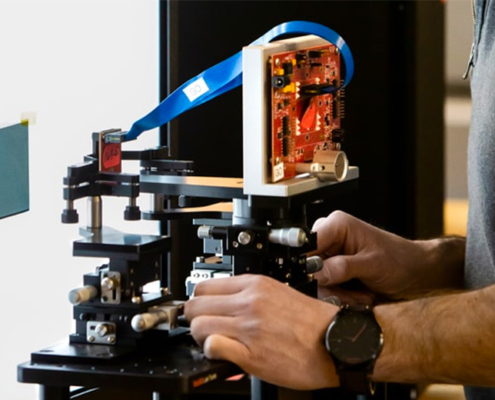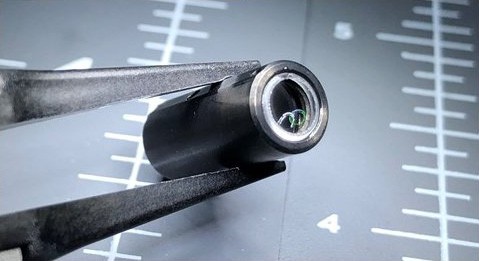Introduction to Optical Design and Engineering
Optical engineering is a specialized field incorporating many aspects of optical physics and system design. This area of study has paved the way for countless technological advancements that have revolutionized several industries. This comprehensive guide provides insight into the fundamentals of optical design and engineering, its history, significance, and the core concepts and technologies utilized in this discipline.










